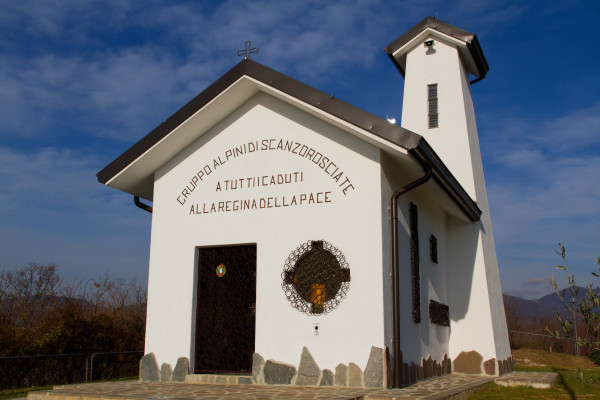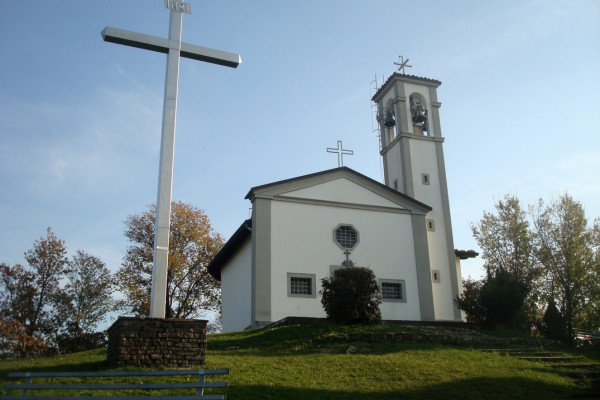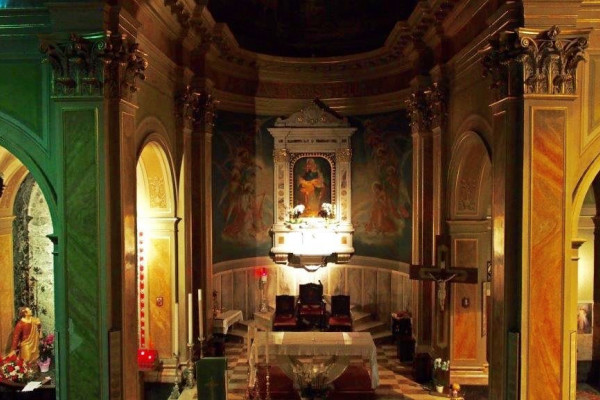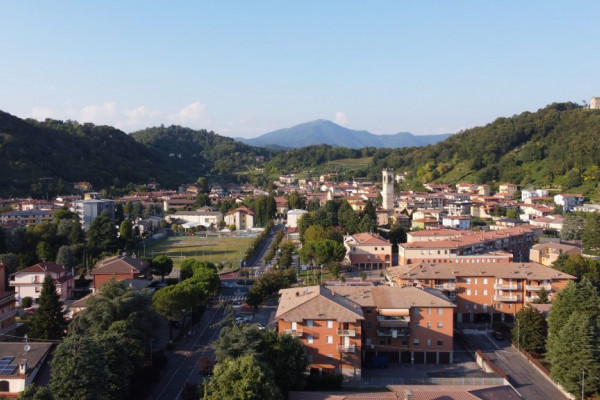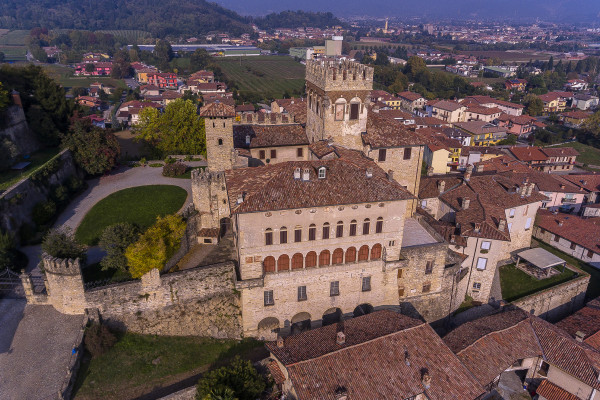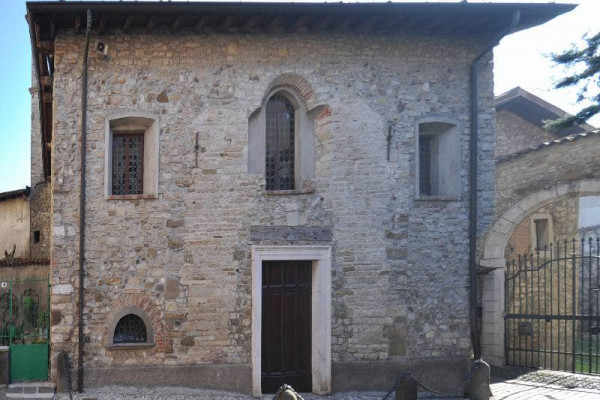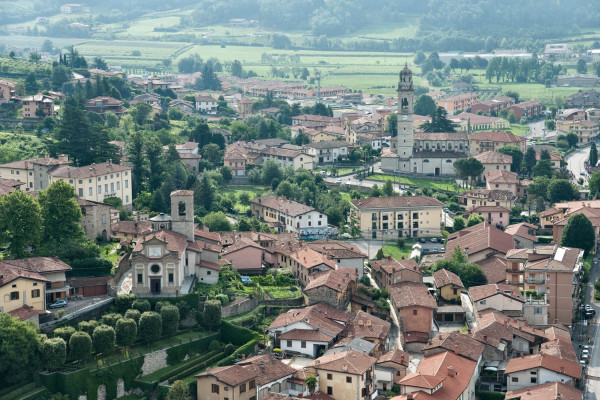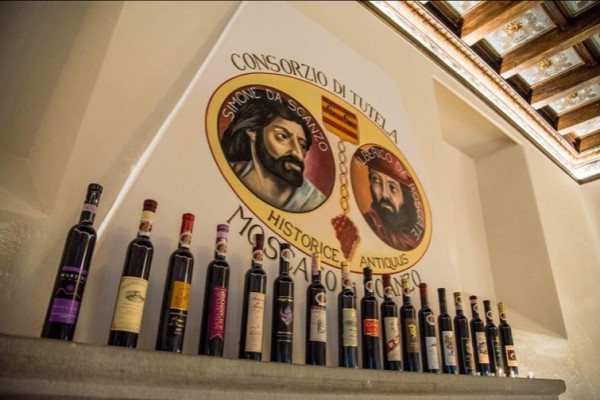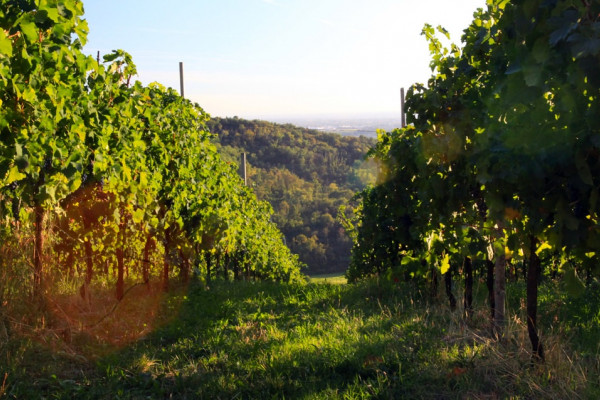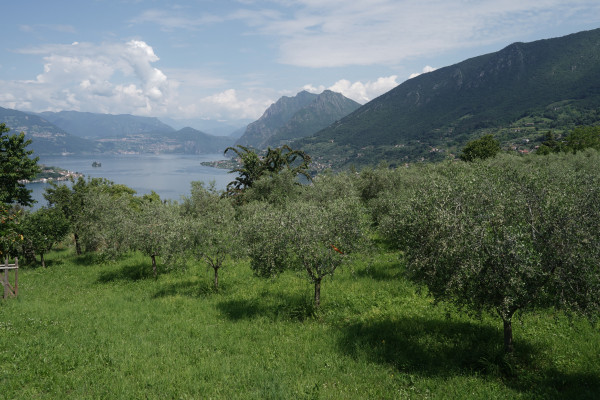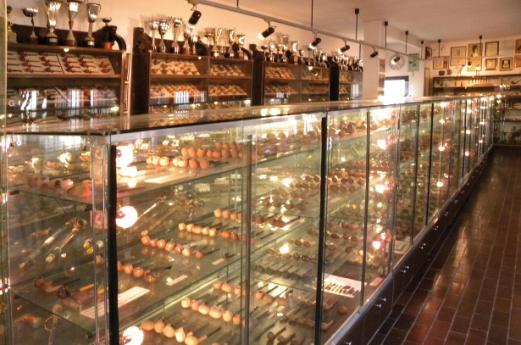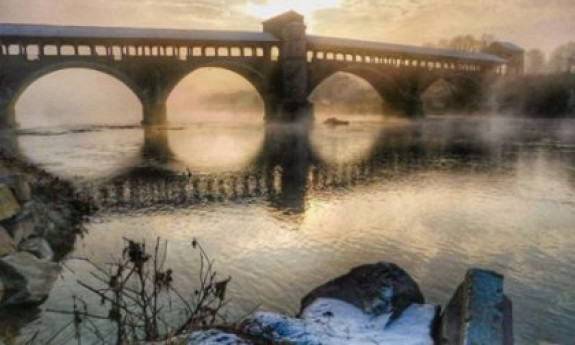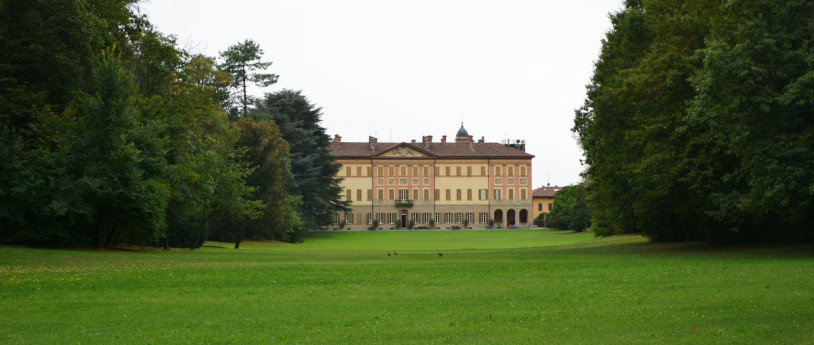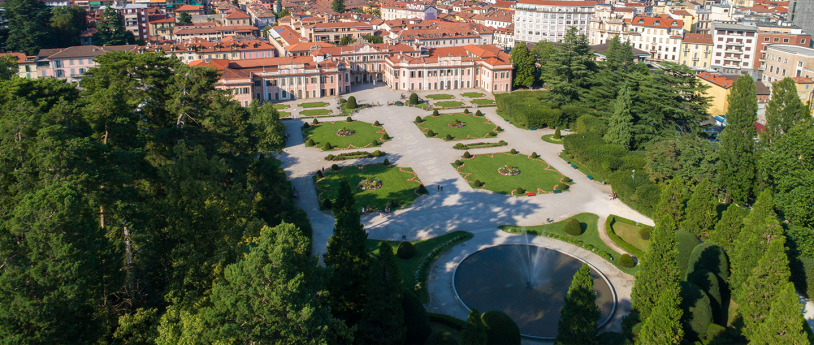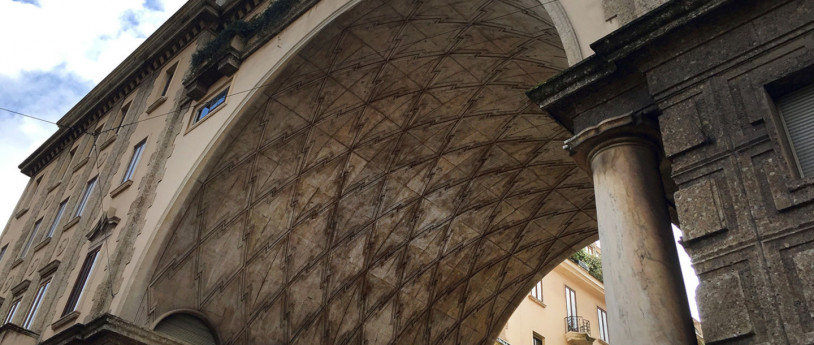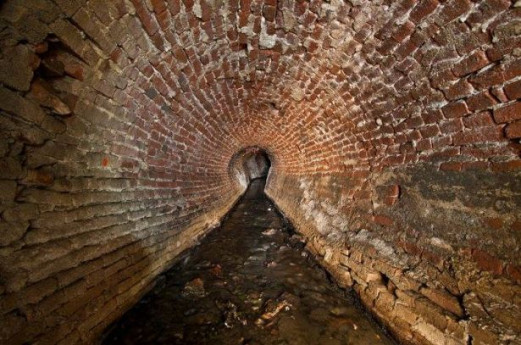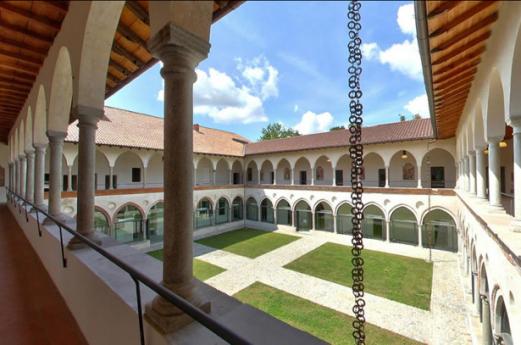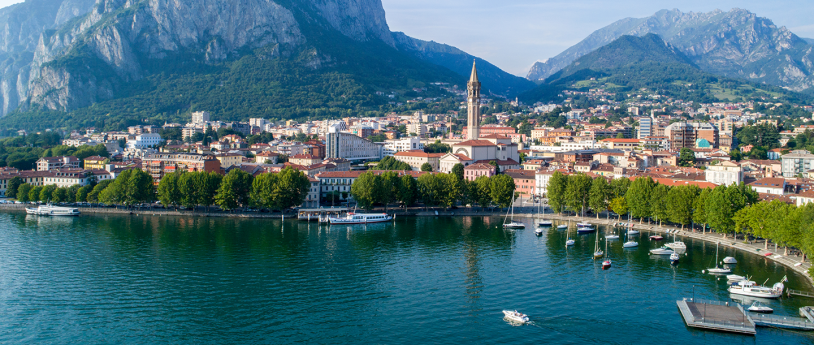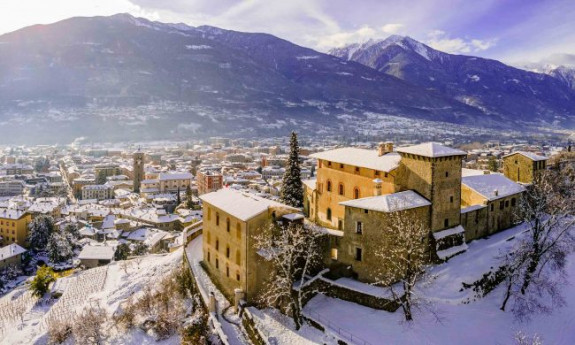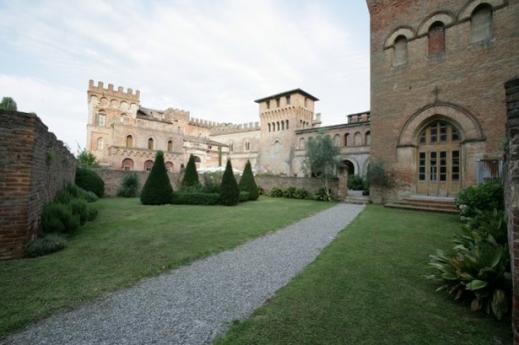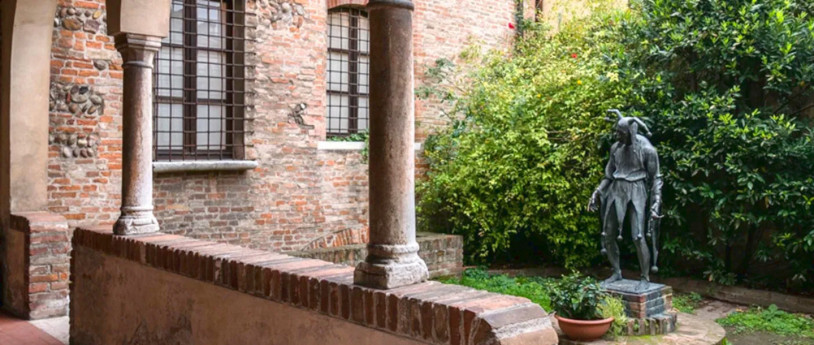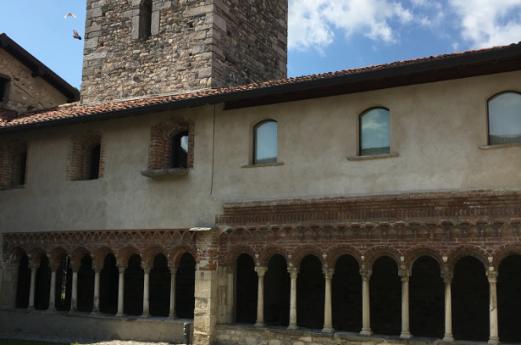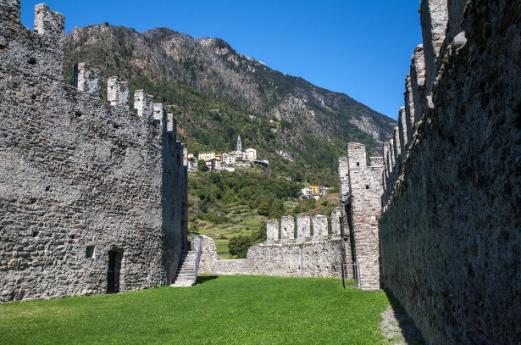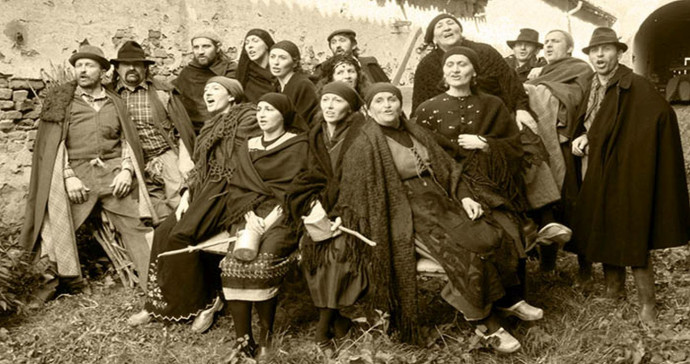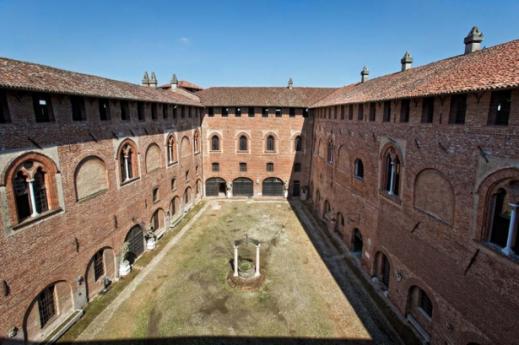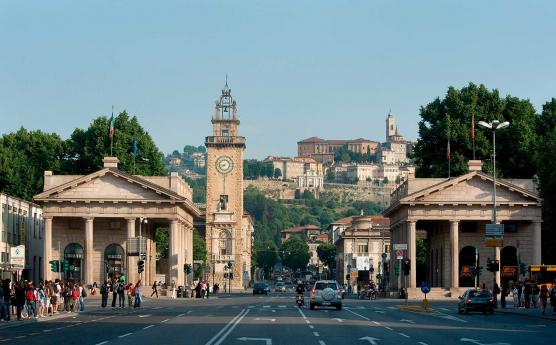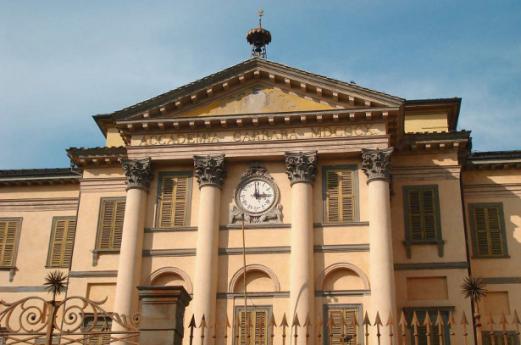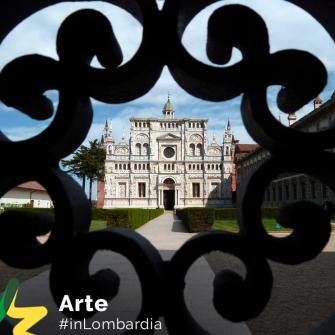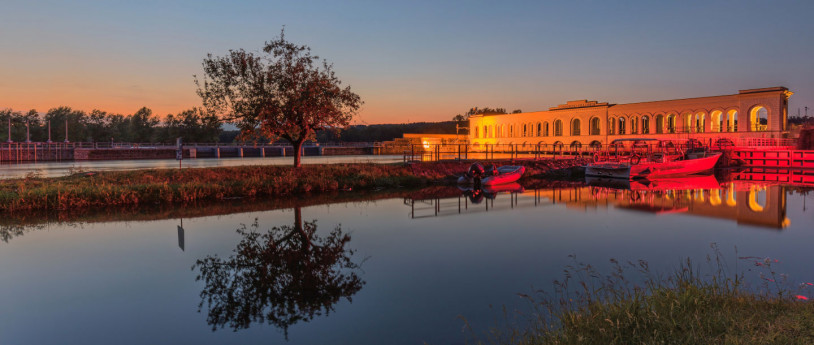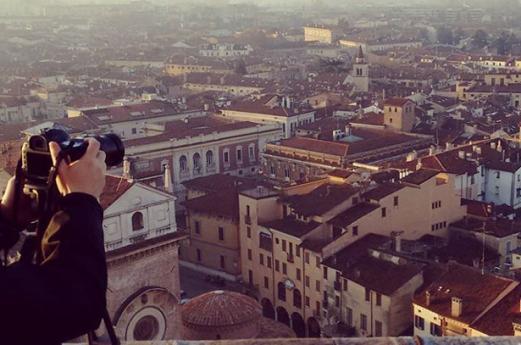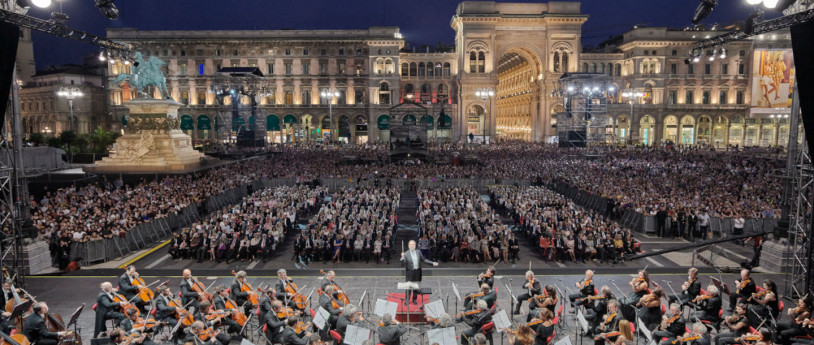- Art & Culture
- Food & Wine
- Active & Green
- Itinerari
Cammino del Vescovado: vineyards and villages
The Cammino del Vescovado is a 32-kilometre itinerary that crosses the area of the Municipalities of the Terre del Vescovado: from Scanzorosciate to Chiuduno, or vice versa.
Fit walkers could complete the route in one day, but it is possible to divide the route into two or three stages, to be able to explore the area and get to know what it has to offer on a natural, cultural and enogastronomic level.
Although it is lay hike, the route touches places of worship such as small panoramic churches, sanctuaries linked to miraculous events and parish churches that are home to works of art.
The Cammino del Vescovado was planned and opened by Michele Pellegrini and the stages have been designed in such a way as to have starting and end points at urban bus stops and train stations. The presence of tourist accommodation means that the Cammino del Vescovado can become a brief but authentic holiday.
Stage 1 - From Scanzorosciate to Albano S. Alessandro
Starting from Piazza Caslini to Scanzorosciate, the first thing we come across is the Salotto del Moscato di Scanzo, the site of the Consortium for Protection.
After starting along the Sentiero delle Orchidee, we come to the Chiesetta degli Alpini on Mount Bastia, a panoramic point equipped for picnics and with provision of drinking water. The church is surrounded by three large crosses facing towards Scanzo, Rosciate and Torre de’ Roveri, and from here it is possible to see the entire plain, from Bergamo to the Apennines. Continuing on, we come to Tribulina, where it is possible to see the ancient church of San Giovanni dei Boschi, which was replaced by the current one at the end of the 19th century. As we continue along the Cammino, we come across alternate vineyards and olive groves that lend a tidy, harmonious appearance to the landscape.
Once we have passed the small church of San Cristoforo in Torre de' Roveri, the Cammino continues both up and downhill, towards Albano S. Alessandro and the Eremo di Santa Maria in Argon, which it is possible to visit making a slight detour. On clear day, from here we can look towards Bergamo Alta, with the peaks of the Bergamasque Alps visible in the background, as far as Monte Rosa. The view of the plains is endless right up to the foothills of the Apennines.
The last stretch takes us to Monte San Giorgio with the small church of San Giorgio and one of the widest panoramas in the entire Cammino. On our descent, we encounter residential areas and finally reach the centre of Albano Sant’Alessandro, famous for the historical facts concerning the conflict between the Guelphs and Ghibellines, and the end of our first stage.
Stage 2 - From Albano S. Alessandro to Montello
The first stop on our second day of the trek is the Santuario della Beata Vergine delle Rose, that has been attracting the faithful and devoted since 1417. We then continue on through the woods on Monte Tomenone and come to Bagnatica. It is possible at this point to visit the Torre sul Colle di San Giovanni Battista in the municipality of Costa di Mezzate or climb to the top of Monte Tomenone and the brief, but beautiful ascent to Cascina Paradiso.
The Cammino then takes us to Castello Camozzi Vertova in Costa di Mezzate, which cannot currently be visited as it is privately owned. Continuing along the last eastern outcrop of Monte Tomenone, we descend to the historical old town of Montello, where the entire centre of the town dates back to Medieval times. This is where the second stage of the Cammino del Vescovado ends.
Stage 3 - from Montello to Chiuduno
Starting from Montello, the first village we come to is the historical old centre of Gorlago, home to the ancient Romanesque church of Sant'Andrea and the church of San Pancrazio.
Continuing along the P.L.I.S. cycling/pedestrian path of Malmera, Montecchi and Colle degli Angeli wwe encounter the River Cherio, which we will walk along up to the Alpine dairy farm.
We will walk along path 798, then the path of the Selù. The last downhill stretch, towards Chiuduno, is one of the most stunning along the entire Cammino, as it winds between olive groves and vineyards, fig trees and bay trees, all reminding us of Mediterranean scrub. In Chiuduno we have the possibility of visiting the church of Santa Maria Assunta, as the finale of our Cammino del Vescovado.
Food and Wine in the Terre del Vescovado
Moscato di Scanzo DOCG
Moscato di Scanzo DOCG is mainly made from the Moscato Bianco grape, cultivate in dedicated small areas on the slopes of the surrounding hills. It is considered to be a true enological treasure, thanks to its limited production and the area's particular climatic and geographical conditions. We would recommend you taking some time out and booking a tasting session to try this quality wine. In September, the traditional Festa del Moscato di Scanzo is held, during which it is possible to taste the wine, and take part in excursions and events.
Valcalepio DOC
Valcalepio DOC, a fine controlled denomination origin wine is also produced in this area. It is a wine that reflects the area’s identity and enological tradition, is the product of vineyards that are grown with care and passion on the surrounding hills. There are various types of Valcalepio DOC: including white, red and rose’, each with its own unique aromatic and organoleptic qualities. Thanks to the area’s particular climatic conditions and the care taken in production, Valcalepio DOC stands out for its quality and versatility, making it an excellent choice for several dishes and for even the most demanding palates.
EVO oil from the Sbresa olive
This is also the area where extra virgin olive oil made from the Sbresa olive is grown. This olive is native to the area around Lake Iseo and the Scanzorosciate area. It is a light, fragrant oil, with a harmonious fruity flavour enriched with bitter, spicy hints and notes of almond and banana.
All the information regarding the trek along the Cammino del Vescovado and everything else the area has to offer can be found on the official website of the Terre del Vescovado.
-
